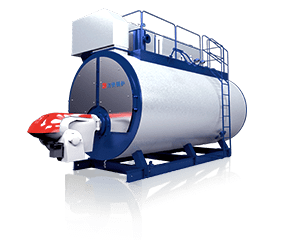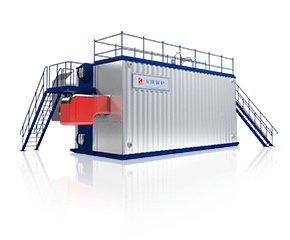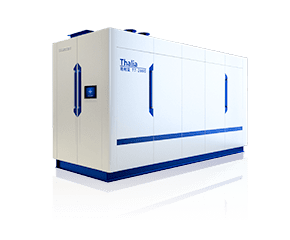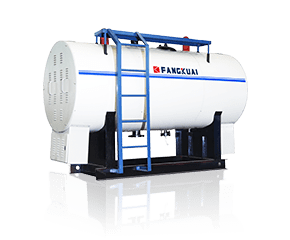What is the hourly fuel consumption of a 2-ton oil-gas dual-purpose steam boiler?
2021 / Jun / Mon
Oil and gas dual-purpose steam boilers are used in many industries. The boiler has a wide range of adaptability to fuels and is very easy to retrieve across the country. Moreover, due to the environmental protection characteristics of the fuel, the control of pollutant emissions is very low, which is also in line with my country Current environmental requirements. The hourly fuel consumption data of a 2 ton oil-gas dual-purpose steam boiler is a question that many users are more concerned about. Zhengzhou Fangkuai Boiler Factory will answer for everyone.
Fuel consumption is the main factor that affects the operating cost of the boiler. The higher the fuel consumption, the less energy-saving the boiler, and the more expensive it is, which is harmful to the enterprise. The main factor that affects fuel consumption is the operating efficiency of the boiler. At present, the operating efficiency of most steam boilers on the market is around 60-70%, while the steam boiler equipment launched by Zhengzhou Fangkuai Boiler Factory uses condensation, FGR, etc. This energy-saving and environmentally-friendly technology increases the operating efficiency of the boiler to more than 98%, which is much higher than that of ordinary boilers, so the energy-saving effect is also very significant. The hourly fuel consumption of a 2 ton oil-gas dual-purpose steam boiler can be controlled at about 140 cubic meters per natural gas.Here, Zhengzhou Fangkuai Boiler Factory also reminds everyone to pay attention to the state of the furnace during the operation of the boiler.
There are many reasons for coking in the boiler furnace, roughly as follows:
(1) The nature of ash. The higher the melting point of ash, the less likely it is to coke. Conversely, the lower the melting point, the easier it is to coke.
(2) The surrounding medium composition also has a great influence on coking. During the combustion process, due to insufficient air supply or poor mixing of fuel and air, the fuel does not reach complete combustion. Incomplete combustion will produce reducing gas, and the melting point of ash will be greatly reduced. (3) Improper operation, causing the flame to deviate or the primary and secondary air coordination is unreasonable, the primary air velocity is too high, the particles are not completely burned, and adhere to the heated surface under the high temperature softening state to continue burning, resulting in coking .
(4) The heat load of the furnace volume is too large. When the boiler is running beyond force, the furnace temperature is too high, and when the ash particles reach the water-cooled wall and the furnace outlet, they cannot be cooled enough, which causes coking.
(5) Soot blowing and decoking are not timely. This causes the wall temperature of the heated surface to rise, causing serious coking on the heated surface.





